Ditapis dengan
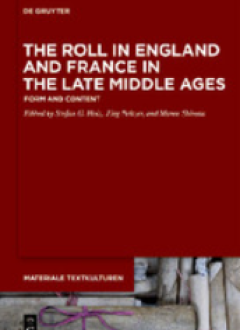
E-book The Roll in England and France in the Late Middle Ages
f a poll were carried out to establish which form of manuscript, the codex or the roll, the public associated more with the Middle Ages, the result would probably see the codex taking most votes. A monk handling a codex is a stereotypical image of and for the Middle Ages promoted by medieval evidence as much as by modern movie productions such as the film adaptation…
- Edisi
- -
- ISBN/ISSN
- 9783110645200
- Deskripsi Fisik
- 339 hlm
- Judul Seri
- -
- No. Panggil
- 936 CAS t
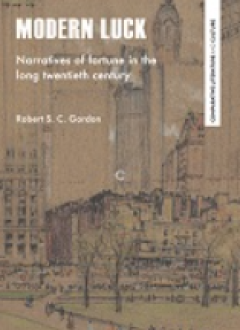
E-book Modern Luck: Narratives of Fortune in The Long Twentieth Century
Luck is all around us.1 There is a certain school of cultural anthropology that is intent on tracking the structures, categories and beliefs that recur across all human societies, transcending the profound differences in history and culture that separate them. This school of ambitious universalists – which is by no mean uncontroversial, both within the field of anthropology…
- Edisi
- -
- ISBN/ISSN
- 9781800083592
- Deskripsi Fisik
- 188 hlm
- Judul Seri
- -
- No. Panggil
- 800 GOR m

E-book Architecture-based Evolution of Dependable Software-intensive Systems
Software is an essential part in various facets of our daily life. Mobility,production, energy supply, economics, and infrastructure, to name only afew examples, strongly depend on software. This software is not always ofhigh quality. Critical issues that arose from poor software quality are evenreported manifold publicly in the press. For example, Denver InternationalAirport opened, delayed, …
- Edisi
- -
- ISBN/ISSN
- 9783731512943
- Deskripsi Fisik
- 154 hlm
- Judul Seri
- -
- No. Panggil
- 004.0151 HEI a
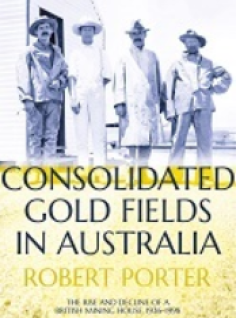
E-book Consolidated Gold Fields in Australia : The Rise and decline of a Brit…
A company formed by the young, avowed British imperialist Cecil John Rhodes and his business partner Charles Dunell Rudd, with interests in the diamond mines of the Kimberley and gold mining in the Witwatersrand, became one of the foremost British mining-finance companies in the twentieth century. Emanating from South Africa, the company that Rhodes and Rudd founded, The …
- Edisi
- -
- ISBN/ISSN
- 9781760463502
- Deskripsi Fisik
- 504 hlm
- Judul Seri
- -
- No. Panggil
- 994 POR c
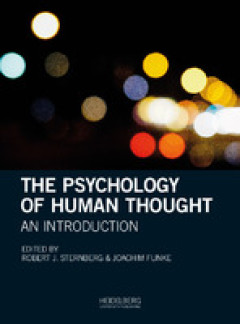
E-book The Psychology of Human Thought: An Introduction
The “Psychology of Human Thought” is an “open access” collection of peer-reviewed chapters from all areas of higher cognitive processes. The book is intended to be used as a textbook in courses on higher process, complex cognition, human thought, and related courses. Chapters include concept acquisition, knowledge representation, inductive and deductive reasoning, problem solving, metac…
- Edisi
- -
- ISBN/ISSN
- 9783947732340
- Deskripsi Fisik
- 418 halaman, ilus.
- Judul Seri
- -
- No. Panggil
- 150.1 STE t
E-book Six Easy Pieces: Essentials of Physics Explained by Its Most Brilliant…
It was Richard Feynman's outrageous and scintillating method of teaching that earned him legendary status among students and professors of physics. From 1961 to 1963, Feynman delivered a series of lectures at the California Institute of Technology that revolutionized the teaching of physics around the world. Six Easy Pieces, taken from these famous Lectures on Physics, represent the most access…
- Edisi
- -
- ISBN/ISSN
- 9780465025299
- Deskripsi Fisik
- 177 halaman
- Judul Seri
- -
- No. Panggil
- 530 FEY s

E-book Keynes: A Very Short Introduction
John Maynard Keynes (1883-1946) is a central thinker of the twentieth century, not just an economic theorist and statesman, but also an important figure in economics, philosophy, politics, and culture. In this Very Short Introduction Lord Skidelsky, a renowned biographer of Keynes, explores his ethical and practical philosophy, his monetary thought, and provides an insight into his life and wor…
- Edisi
- -
- ISBN/ISSN
- 9780199591640
- Deskripsi Fisik
- 138 halaman.
- Judul Seri
- -
- No. Panggil
- 923.2 SKI k

E-book Eyewitness Travel: Vietnam & Angkor Wat
Discover DK Eyewitness Travel Guide: Vietnam and Angkor Wat. • Detailed itineraries and "don't-miss" destination highlights at a glance. • Illustrated cutaway 3-D drawings of important sights. • Floor plans and guided visitor information for major museums. • Guided walking tours, local drink and dining specialties to try, things to do, and places to eat, drink, and sho…
- Edisi
- -
- ISBN/ISSN
- 9781465457141
- Deskripsi Fisik
- 306 halaman, ilus.
- Judul Seri
- -
- No. Panggil
- 910 BOO e
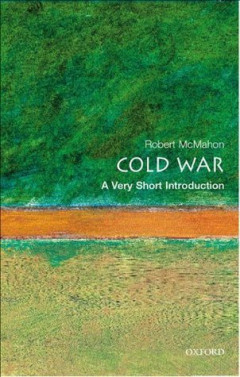
E-book The Cold War: A Very Short Introduction
The massive disorder and economic ruin following the Second World War inevitably predetermined the scope and intensity of the Cold War. But why did it last so long? And what impact did it have on the United States, the Soviet Union, Europe, and the Third World? Finally, how did it affect the broader history of the second half of the twentieth century - what were the human and financial costs? T…
- Edisi
- -
- ISBN/ISSN
- 0192801783
- Deskripsi Fisik
- 201 halaman
- Judul Seri
- -
- No. Panggil
- 303.66 MCM t 002855-eB-0122
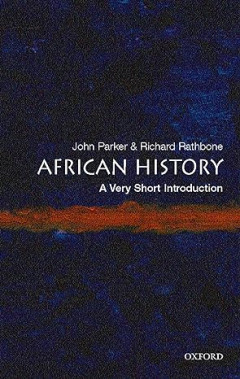
E-book African History: A Very Short Introduction
This Very Short Introduction looks at Africa's past and reflects on the changing ways it has been imagined and represented, both in Africa and beyond. The author illustrates important aspects of Africa's history with a range of fascinating historical examples, drawn from over 5 millennia across this vast continent. The multitude of topics that the reader will learn about in this succinct work i…
- Edisi
- -
- ISBN/ISSN
- 9780192802484
- Deskripsi Fisik
- 185 halaman
- Judul Seri
- -
- No. Panggil
- 960 PAR a 002904-eB-0122
 Karya Umum
Karya Umum  Filsafat
Filsafat  Agama
Agama  Ilmu-ilmu Sosial
Ilmu-ilmu Sosial  Bahasa
Bahasa  Ilmu-ilmu Murni
Ilmu-ilmu Murni  Ilmu-ilmu Terapan
Ilmu-ilmu Terapan  Kesenian, Hiburan, dan Olahraga
Kesenian, Hiburan, dan Olahraga  Kesusastraan
Kesusastraan  Geografi dan Sejarah
Geografi dan Sejarah